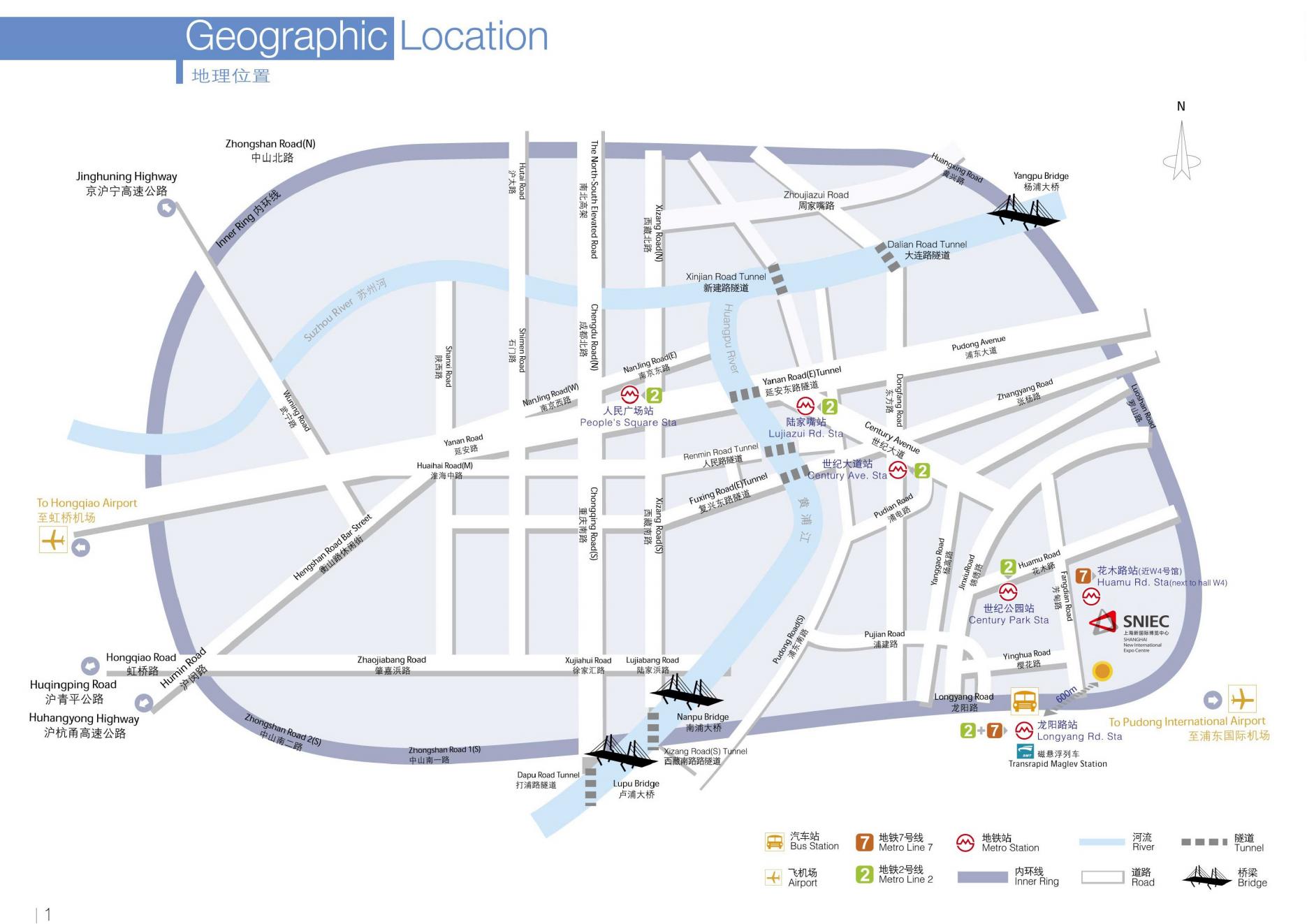
In recent years, with the rapid development of artificial intelligence technology, DeepSeek, as an important research direction in the field of AI, is setting off a new round of technological revolution worldwide. In the sensor industry, this trend has also triggered profound changes. Sensors, as the "senses" of data collection, combined with DeepSeek technology, are driving the industry to develop in a smarter and more efficient direction. This article will explore the deep integration of DeepSeek and the sensor industry, as well as the opportunities and challenges brought by this trend.
Sensors are core components in the fields of Internet of Things, intelligent manufacturing, and autonomous driving, and undertake key tasks such as environmental perception, data collection, and transmission.
So, how does DeepSeek technology empower the sensor industry? Core Sensor summarizes the following points:
1. Intelligent upgrade of data processing
- The rise of edge computing: The DeepSeek algorithm can be directly embedded in the sensor chip to realize localized data processing and reduce dependence on cloud computing. For example, in the industrial Internet of Things, smart sensors can analyze the operating status of equipment in real time, predict failures, and issue warnings.
- Efficient data compression and transmission: Through DeepSeek technology, sensors can intelligently filter and compress the collected data and transmit only key information, thereby reducing bandwidth requirements and energy consumption.
2. Comprehensive improvement of perception capabilities
- Multimodal data fusion: DeepSeek technology can integrate data from different sensors (such as vision, sound, temperature, etc.) to achieve more comprehensive environmental perception. For example, in the field of autonomous driving, by fusing data from cameras, radars, and lidars, vehicles can more accurately identify road conditions.
- Adaptive learning ability: Smart sensors can continuously optimize their perception capabilities through the DeepSeek algorithm. For example, in smart homes, sensors can automatically adjust environmental parameters according to user habits and provide personalized services.
3. Optimization of energy efficiency and cost
- Dynamic power consumption management: DeepSeek technology can dynamically adjust the working mode of sensors according to actual needs, reducing energy consumption while ensuring performance. For example, in the agricultural Internet of Things, soil sensors can adjust the data collection frequency according to the crop growth cycle to extend battery life.
- Hardware and software collaborative design: Through DeepSeek algorithm optimization, sensors can achieve higher efficiency without changing hardware performance, thereby reducing overall costs.
DeepSeek: Unlocking unlimited possibilities of sensor data
As a multimodal AI large model, DeepSeek has shown broad application prospects in the sensor industry with its powerful data processing and analysis capabilities. In the field of industrial manufacturing, DeepSeek can perform predictive maintenance. By analyzing the temperature, pressure, vibration and other data collected by industrial equipment sensors, it predicts equipment failures and arranges maintenance in advance to reduce downtime. Similar technologies have helped General Electric reduce unplanned downtime of aircraft engines by 30% and maintenance costs by 25%. In addition, it can also combine visual sensor data to achieve intelligent quality control on the production line. For example, the deep learning-based visual system of Tesla's Shanghai factory uses this technology to detect the quality of body welding, with a false detection rate of less than 0.5% and a 5-fold increase in efficiency. DeepSeek can also analyze sensor data, dynamically dispatch robotic arms and AGVs, realize flexible manufacturing and robot collaboration, and optimize resource allocation and path planning. Foxconn's AI flexible production line uses similar technology to shorten the line change time from 2 hours to 10 minutes.
In the field of autonomous driving, DeepSeek can fuse multi-source sensor data such as camera images, lidar point clouds, and millimeter-wave radar signals, and improve the perception of complex environments through cross-modal alignment technology. At the same time, it can also use simulation and shadow mode iteration to generate virtual test cases, accelerate Corner Case coverage, and generate high-quality training labels for unlabeled data collected from real vehicles. By comparing the differences between human driving and AI decision-making, it optimizes autonomous driving algorithms.
In the field of industrial Internet, DeepSeek's intelligent sensor fusion technology can efficiently collect various types of data from industrial equipment, combine edge computing technology for preliminary processing and analysis, and reduce network transmission pressure. Its deep learning algorithms and big data analysis tools can also quickly mine and analyze massive production data, monitor abnormal conditions in real time, predict production trends, and optimize production plans.
In the field of new energy vehicles, DeepSeek optimizes path planning and obstacle recognition by processing on-board sensor data, improving driving decision-making accuracy. Similar technologies have been applied to the "Smart Driving Worry-Free Insurance" of Huawei's Q-Ear models to reduce the misjudgment rate in extreme scenarios. At the same time, it can also analyze battery charging and discharging data, predict life decay curves, recommend the best charging strategy, and automatically switch oil-electric mode according to real-time road conditions to optimize energy consumption ratio.
In addition, in the field of remote sensing and geographic information, DeepSeek uses sensor information such as time-series InSAR data to identify subtle changes in surface settlement and bridge deformation, and combines time-series prediction models to achieve millimeter-level deformation monitoring. These rich application scenarios fully demonstrate the huge potential and value of DeepSeek as a multimodal AI large model in the sensor industry.
This paper is from Ulink Media, Shenzhen, China, the organizer of IOTE EXPO (IoT Expo in China)







